In 2015, my friends and I booked round-trip tickets to Japan. I hesitated at first, knowing Japan could be an expensive destination. While I knew there were ways to stretch my budget, it was still pricier than other Asian countries I had visited. However, the idea of celebrating my birthday in my dream country and witnessing cherry blossoms for the first time was too tempting to resist. This trip became the perfect start to planning my 10-day Japan itinerary.
Since that first trip, I’ve made it a tradition to visit Japan once a year. So far, I’ve explored 6 out of its 8 regions and visited over 20 prefectures. Honestly, I don’t think I’ll stop there! There are still so many places I want to visit!
If you’ve just booked a trip to Japan but feel overwhelmed about where to start your planning, you’ve come to the right place! In this post, I’m sharing my 10-day Japan itinerary for first-time visitors. I’ve personally followed this Japan itinerary during one of my trips, so I can say the sequence of activities is both practical and enjoyable!
PS: Get ready, this is quite a long read!
Table of Contents
Planning your Japan Trip: Things to know before you go
How to get a Japan Tourist Visa
Depending on your passport, it might be necessary to obtain a visa and other essential travel documents to enter Japan. Visit the official website of the Ministry of Foreign Affairs of Japan for detailed requirements and the visa application process, if applicable.
For Philippine passport holders, getting a Japan Tourist Visa is pretty easy and cheap. First, you must complete the requirements set by the Japanese Embassy. Second, book your appointment at VFS Global Philippines (JVAC) to lodge your application. If this is your first time in Japan, check out my detailed post about my How to Apply for a Japan Tourist Visa.

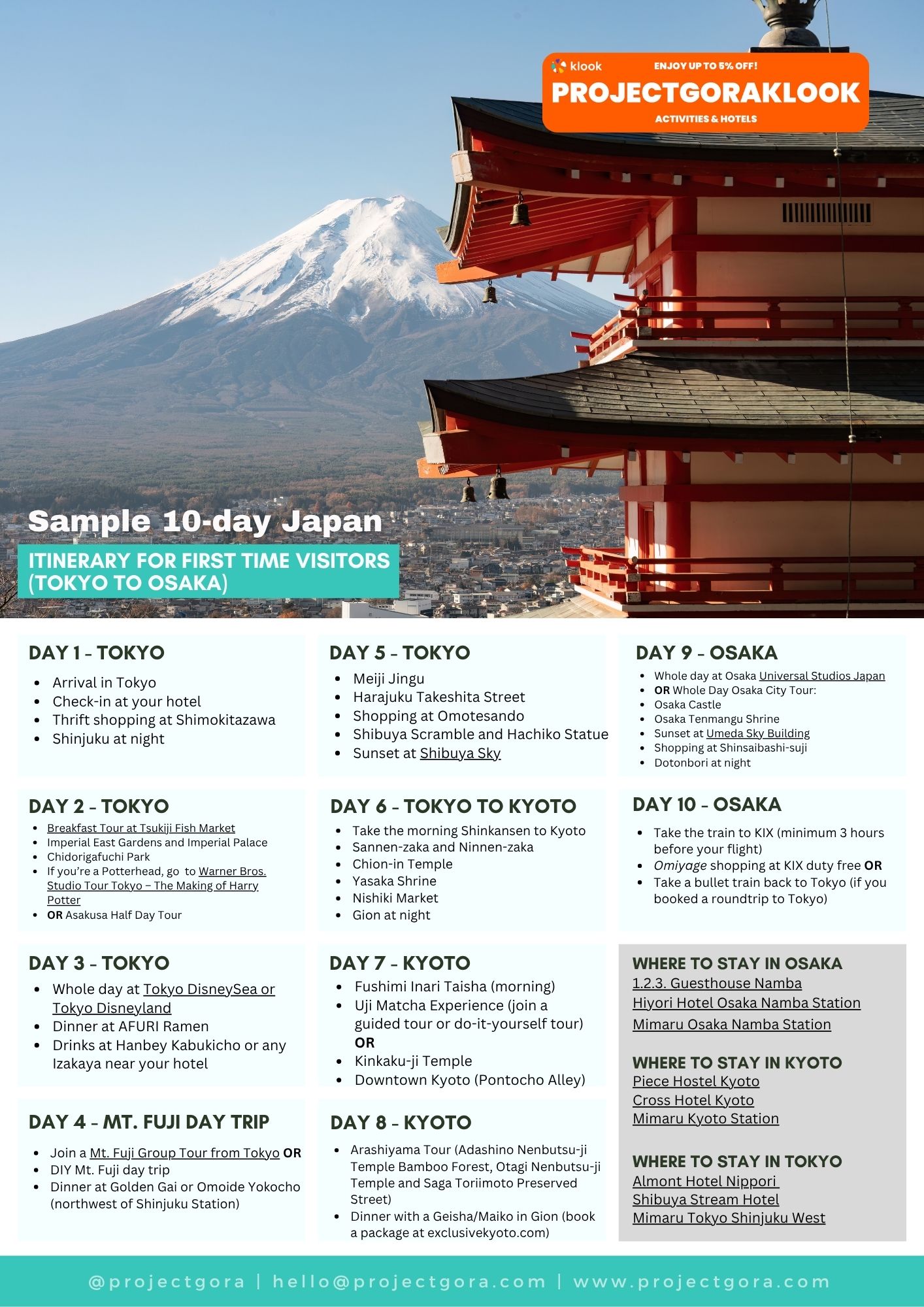
How much does it cost to travel to Japan
Based on my previous trips, I created this estimate for various budget ranges. If you are a budget traveler, you can manage with 10,000-20,000 yen per day. This covers all essentials like budget hostels, meals, and public transport.
For a more comfortable experience, consider a budget of 30,000-50,000 yen per day. This allows for business hotels, mid-range hostels or ryokans, more dining options, and paid activities.
For those seeking luxury, plan for 50,000 yen or more per day. This includes top-notch hotels in the city centers, diverse dining options, private transport, and activities.
| Type | Accommodation | Food | Transportation | Activities |
| Budget | JPY 2,000 – 5,000 | JPY 2,000 – 3,000 | JPY 500 – 1,000 | JPY 0 – 1,500 |
| Mid-range | JPY 6,000 – 15,000 | JPY 5,000 – 10,000 | JPY 1,500 – 3,000 | JPY 1,500 – 10,000 |
| Luxury | over JPY 15,000 | over JPY 10,000 | over JPY 3,000 | over JPY 10,000 |
The photo on the right shows my actual travel expenses from my recent Japan trip during Taylor Swift’s Eras Tour. My budget for the entire 11-day Japan itinerary, starting in Osaka and ending in Tokyo, was 120,000 pesos, but I ended up spending 113,712 pesos (USD 2,000 or JPY 311,000). Although exchange rates have fluctuated over the past few months, this should still be relevant. It can be useful if you want to see where the major portions of the budget go when planning a trip to Japan.

How to get to Japan
From the Philippines
Travelers from the Philippines can choose from several airlines that operate direct flights to Japan. Airlines like Philippine Airlines, Cebu Pacific, Jetstar, and All Nippon Airways (ANA) offer direct connections to popular Japanese cities such as Tokyo and Osaka.
Japan round-trip tickets can go for as low as PHP 3,000 (USD 60) during seat sale promos. To get these cheap flights, check any airline’s website (Cebu Pacific, Philippine Airlines, Jetstar and AirAsia) during holidays (on or before 12 midnight). Make sure to follow their social media pages and sign up for their newsletter for seat sale announcements. I have also found cheap flights just by scouring Skyscanner whenever.
For my first trip in Japan, I got my tickets from Jetstar, which costs PHP 13,183.85 (USD 230) round-trip without baggage allowance. It was expensive, but worth it because the travel date was just in time for the sakuras.
For my Japan itinerary in 2024 (Eras Tour in Tokyo), I got my tickets again from Jetstar, which costs PHP 15,000 (USD 270) round-trip with baggage allowance and seats selection.

From the US
For travelers from the United States, direct flights to major cities in Japan, such as Tokyo and Osaka, are readily available from various international airports. Major airlines like Japan Airlines (JAL) and All Nippon Airways (ANA) operate frequent flights, offering convenience and accessibility.
From Europe
Travelers from Europe can reach Japan through direct flights from major European cities, including London, Paris, Frankfurt, and Amsterdam. Airlines like British Airways, Air France, Lufthansa, and KLM provide efficient connections to cities like Tokyo and Osaka. Connecting flights are also available through various hubs, offering flexibility in travel options.
How to get around Japan
Japan’s railway map with god-knows-how-many different colored lines looks intimidating. However, the railway and bus systems in Japan are remarkably easy to master. And because it is so well-connected, there are very few places in the city that are not located close to a train station. Tokyo’s JR Yamanote line is a good example.
Essential Travel Apps
Japan Travel App by NAVITIME is an essential tool for navigating your trip. It covers all forms of public transportation, including Japan Rail (JR), subway lines, airlines, taxis, and ferry services.
One of its standout features is the ability to filter routes based on the rail passes you have, helping you determine if your pass covers your planned journey. Don’t leave for Japan without it!
Another must-have app for your trip to Japan is Google Maps. But don’t just download the app, download the entire city map to your phone. This way, you can navigate easily while minimizing mobile data usage. I highly recommend doing this for every city you plan to visit.
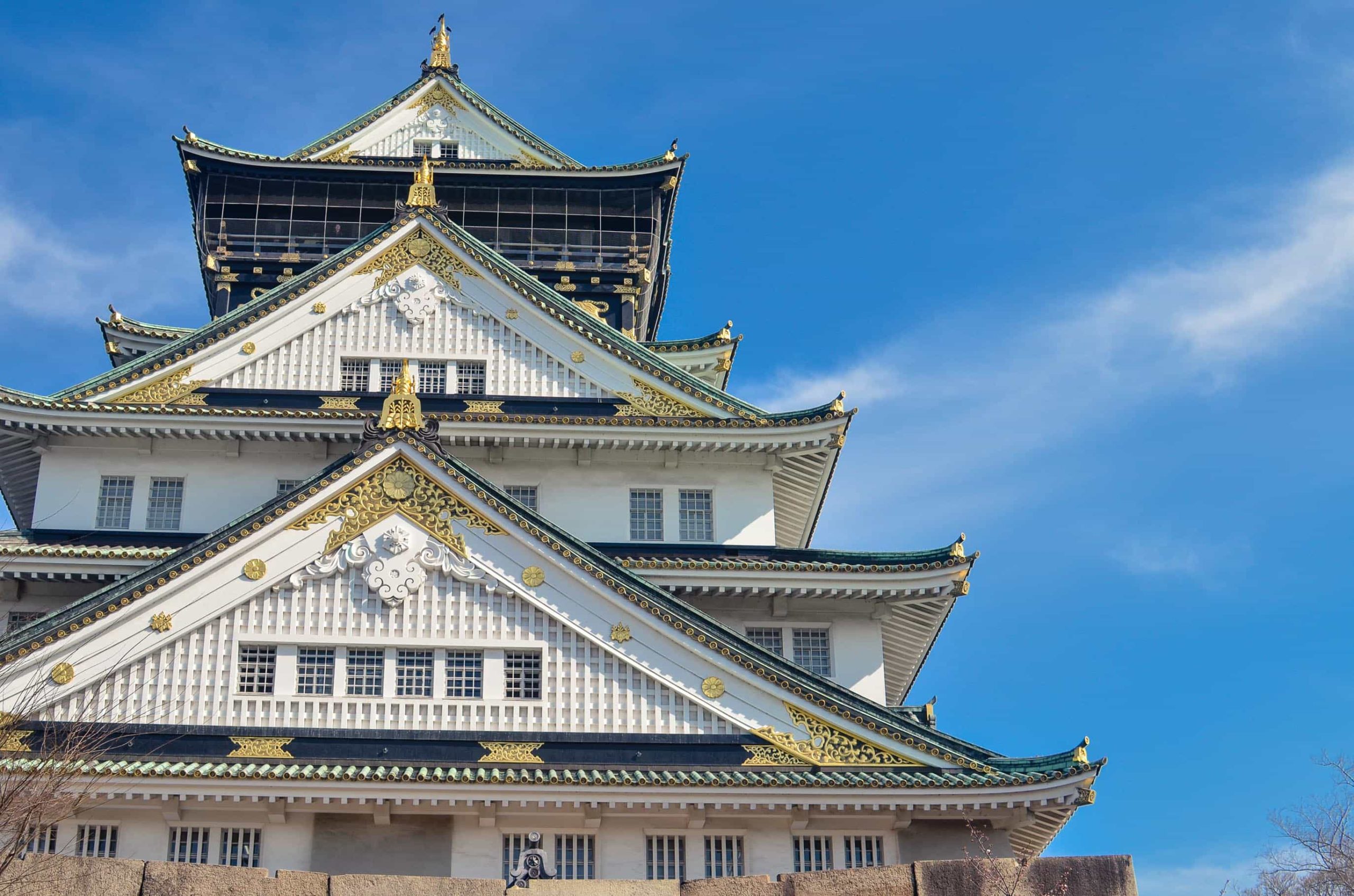
JR Pass
If this is your first time in Japan, you should know about the JR Pass. Minna, this is your ticket to see the entire country. The ordinary 7 day Japan Rail Pass is currently priced at JPY 50,000 (PHP 19,800 or USD 350). Depending on your Japan itinerary, this can pay-off.
Hokuriku Arch Pass
Hokuriku Arch Pass is a rail pass similar to the JR pass. It also provides unlimited travel on JR trains (Hokuriku Shinkansen, limited express trains and local trains) between Tokyo and Osaka but via the less traveled Hokuriku Region. The pass is valid for seven consecutive days.
For only JPY 30,000 (PHP 11,600 or USD 209), it’s a budget-friendly option, especially for round trips between Tokyo and Osaka via Kanazawa.

Shinkansen (Bullet Trains)
Traveling between Osaka and Tokyo, you should consider riding a bullet train. The Tokaido Shinkansen, covering over 500 km, connects Tokyo to Nagoya, Kyoto, and Osaka at speeds up to 285 km/h.
If you are not going to get a JR pass, opt for an individual Shinkansen ticket, granting access to the bullet train, including Nozomi (the fastest bullet train). For just $100, enjoy a swift 2-hour, 20-minute journey from Osaka to Tokyo.
Travel Tip: Book your bullet train tickets with Klook and get up to 5% off when you use my code PROJECTGORAKLOOK.
How to stay connected in Japan (important!)
Here are a few options to consider for staying online:
- eSIM with Unlimited Data – With an eSIM, there’s no need to insert a physical SIM card into your phone, which means you can keep your original SIM active and still receive calls and texts from your home country, especially those important OTPs.
- Physical SIM Card with Unlimited Data – It provides reliable mobile data and is easy to use. Just insert it into your unlocked smartphone. You can pre-order a SIM card through online booking platforms like Klook and pick it up upon arrival at your chosen airport.
- Pocket WiFi with Unlimited Data – Recommended if you’re traveling with a group or have multiple devices. You can easily book one online and pick it up at the airport upon arrival. However, I still recommend supplementing this with an eSIM or physical SIM card. In case your group gets split up for any reason, having individual connections ensures you can stay in touch and won’t lose access to the internet. Happened to me so I know! Lol!
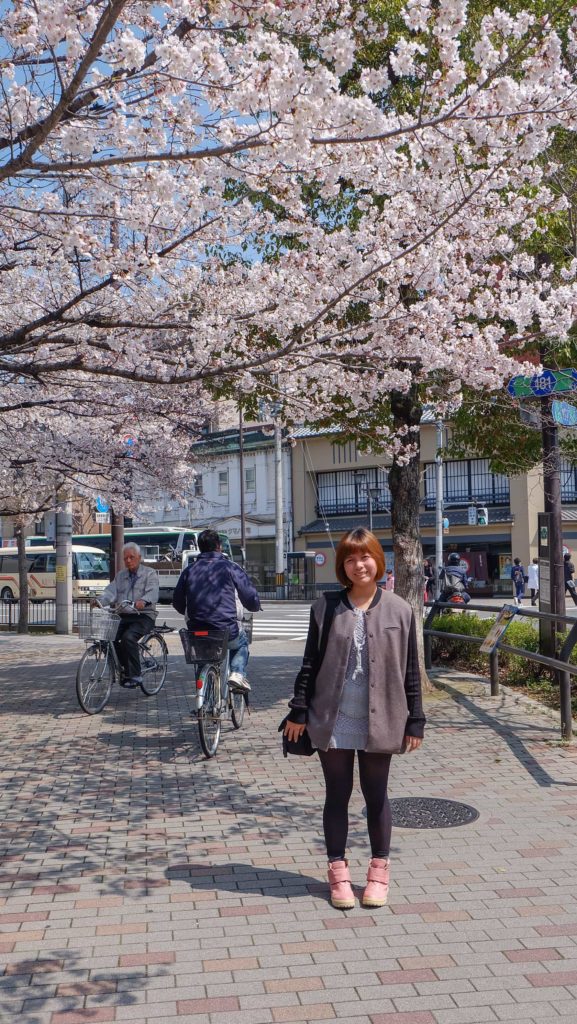
Where to stay in Japan
Where to Stay in Osaka
- For Solo and Budget Travelers: 123 Guest House is just 2 minutes walk from Kintetsu-Nippombashi Subway Station, or 10 minute walk from Nankai Namba Station, and under 10 minute walk to Dotonbori.
- For Couples and Small Family: Hotel Hiyori Osaka Namba Station is just 1-2 minute walk from Nankai Namba Station (you literally just have to cross the road to get there!). It’s also just 10 minute walk to Dotonbori.
- For Families and Groups: Mimaru Osaka Namba Station is just 8-minute walk from Nankai Namba Station South Exit or 6-minute walk from Nippombashi Subway Station Exit 5.
Where to Stay in Kyoto
- For Solo and Budget Travelers: Piece Hostel Kyoto is located in the Kawaramachi area of Kyoto. It’s just a 5-minute walk from JR Kyoto Station Hachijo Exit (south).
- For Couples and Small Family: Cross Hotel Kyoto is also located in the Kawaramachi area of Kyoto. It’s about 4-minute walk from Sanjo Station or 6-minute walk from Kyoto Shiyakusho-mae Station.
- For Families and Groups: Mimaru Kyoto Station is one of the best family hotels in Kyoto. This hotel is just a 3-minute walk from JR Kyoto Station East Exit.
Best Places to Stay in Tokyo
- For Solo and Budget Travelers: Almont Hotel Nippori is just a short walk from JR Nippori Station, the station with direct airport access (Skyliner).
- For Couples and Small Family: Shibuya Stream Hotel provides direct access to JR Shibuya Station (3-minute walk), connecting you to Tokyo’s major attractions.
- For Families and Groups: Mimaru Tokyo Shinjuku West is a 10-minute walk from Shinjuku Station and 2-minute walk from the Washington Hotel airport limousine bus stop.
Japan Itinerary: Explore Osaka, Kyoto and Tokyo in 10 Days
Top Tourist Spots & Activities in Japan

Mt. Fuji Day Trip from Tokyo
If it’s your first time in Japan, I highly recommend adding Mt. Fuji to your itinerary. Consider joining a guided tour to Lake Kawaguchi, Chureito Pagoda, or Hakone. If you prefer a DIY trip, you’ll have more flexibility to choose the best day based on the weather forecast. This maximizes your chances of seeing Mt. Fuji without clouds.

Breakfast Tour in Tsukiji Market
As a frequent traveler in Japan, I highly recommend this experience for first-timers. Tsukiji outer market is still very much alive, with its local restaurants, sushi stalls, and specialty shops. The tuna auctions moved to Toyosu, but a visit to Tsukiji is still one of the best ways to experience the city.

Visit Osaka Castle
If you’re a first-time visitor to the Kansai region in Japan, Osaka Castle is an essential stop. While the castle stands as a marvel, the surrounding parks are worth visiting especially during cherry blossom season or autumn.

Tokyo DisneySea
One of the best things to do on your trip to Japan as a first time visitor is to spend a day or two at Tokyo DisneySea or Tokyo Disneyland. The dialogue in performances, pre-show videos and such were in Japanese, so it might be confusing at first. Still, every attraction is worth going into!
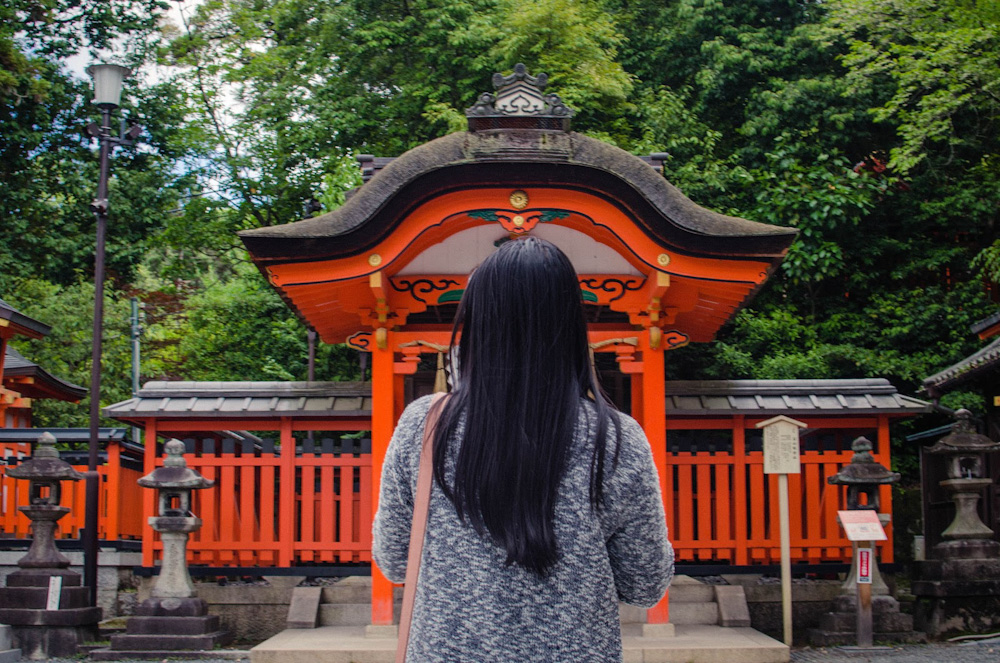
Self-Guided Walking Tour in Kyoto
You should definitely add Kyoto in your Japan itinerary. If you have limited time, 2-3 days will give you a glimpse of the city’s timeless beauty and cultural richness. Lots of tourists flock Kyoto daily, so make sure to start really early. Better yet, book your hotel in Kyoto so you have more chances to explore the city when the day trippers depart.
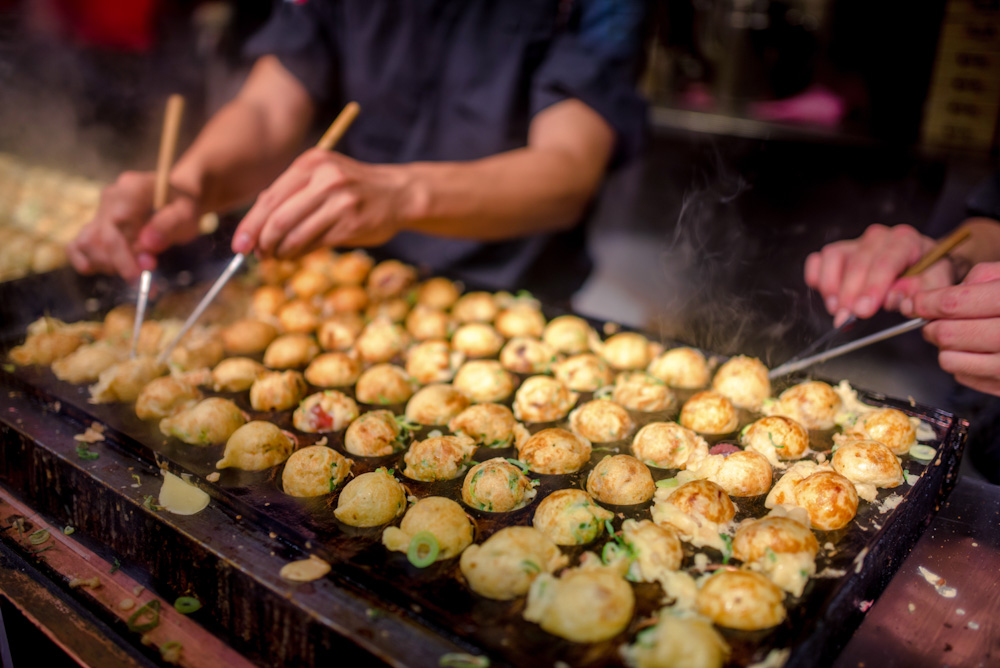
Food Trip in Osaka’s Dotonbori
I am pretty sure you’ve seen all those TikTok videos about Osaka’s Dotonbori street. Some will probably say it’s too touristy, but for me, it’s a great introduction to Osaka’s food culture. If you book you hotel in Osaka, I suggest to spend all your evenings here. There are lots of food choices and shopping options here!

Maiko Transformation in Kyoto
One of the most memorable things I did in Japan was becoming a Maiko for a day. If you are curious to know what’s it like being one, then experience the traditional maiko makeover process inside a Maiko studio in Kyoto!

Kimono Rental in Kyoto
If Maiko Transformation is a bit too much for you, then wear a kimono while strolling around the historic streets of Kyoto! You can avail a basic kimono package or go all out and have your hair and make up professionally done too.
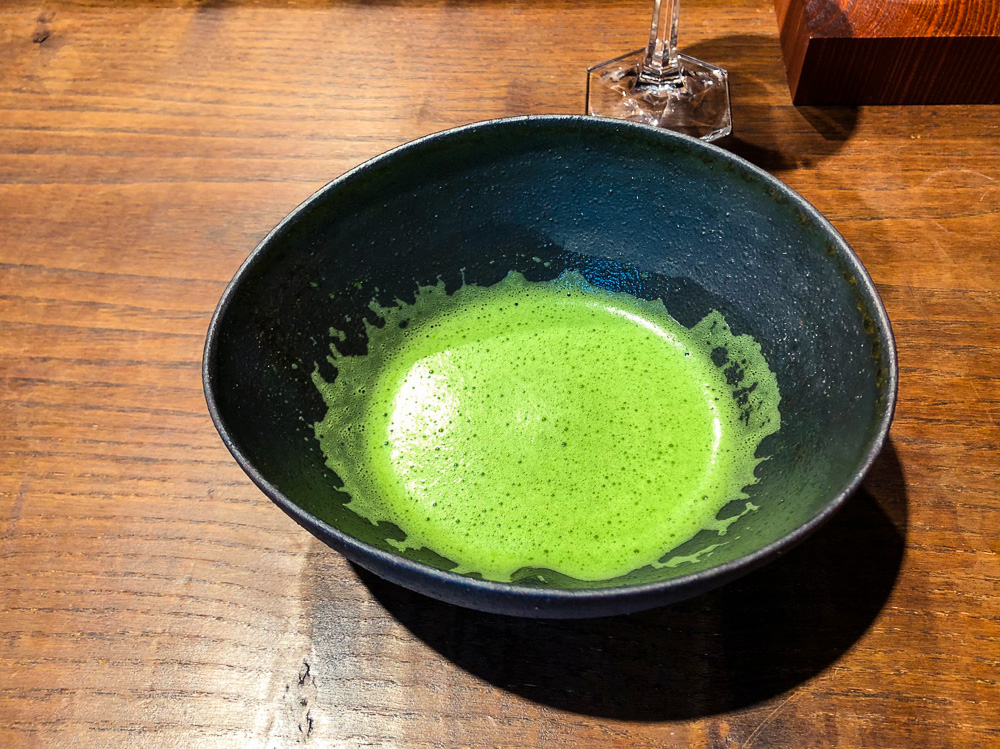
Kyoto Uji Matcha Green Tea Tour
If you’re a matcha lover, Uji in Kyoto is the place to be. It’s the birthplace of Japan’s finest green tea. You can totally DIY your trip if you want to explore at your own pace with no time limits. If you’d rather go stress-free and learn more about Uji’s tea culture from an expert guide, then join a half-day matcha tour from Kyoto city center.
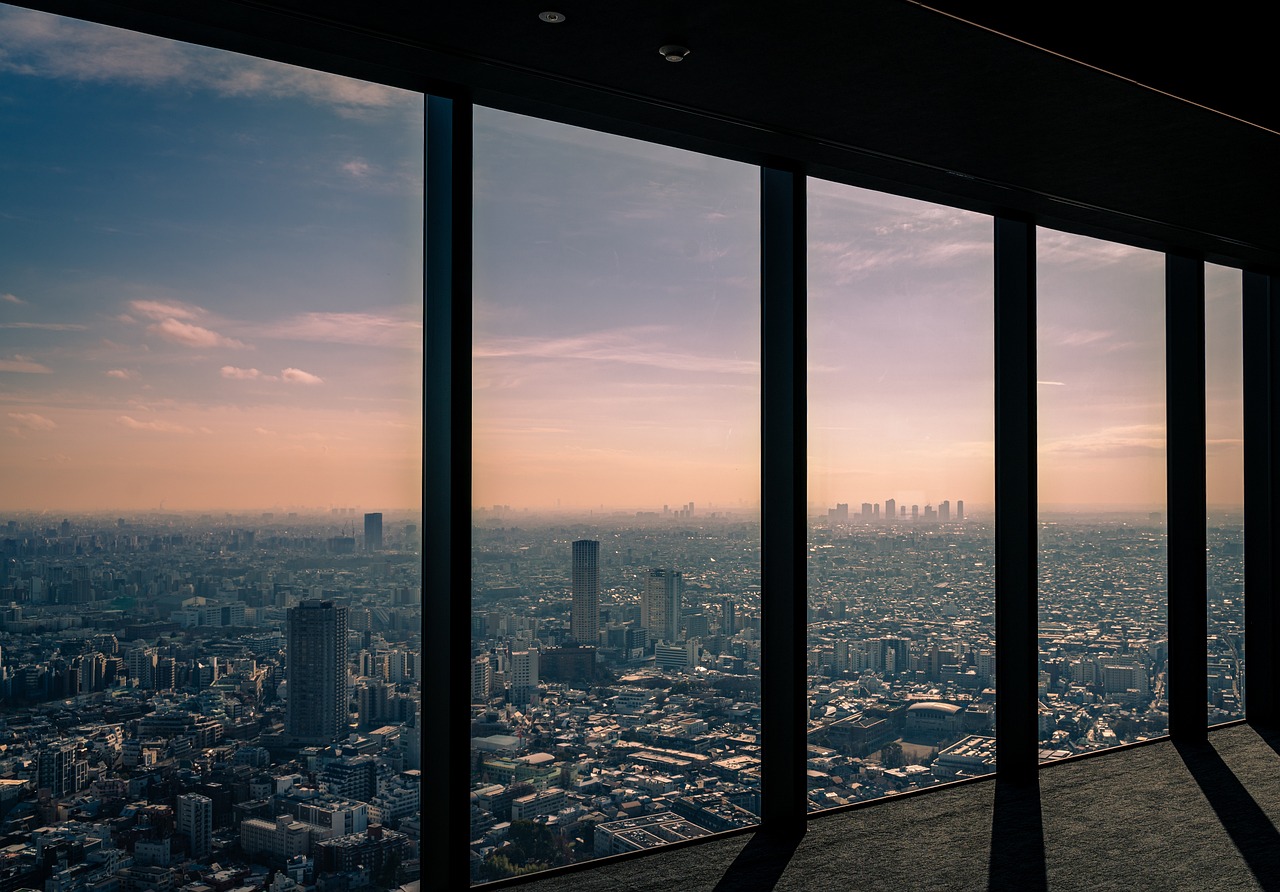
Shibuya Sky
Standing 229 meters above Tokyo with nothing but glass between you and the skyline? Wild. Go before sunset, and get this 360° view of the city, and if the weather’s clear, you can even spot Mt. Fuji in the distance.

The Making of Harry Potter
As a Potterhead, visiting Warner Bros. Studio Tour Tokyo – The Making of Harry Potter is an absolute must. It’s the largest indoor Harry Potter attraction in the world, and it’s packed with interactive experiences that bring the Wizarding World to life.

Universal Studios Japan
If you are a Potterhead, then you should definitely include Universal Studios Japan in your Japan itinerary. The Wizarding World of Harry Potter is inside USJ, so you should spend a whole day here.
Where to Shop in Japan
Japan offers tax-free shopping for foreigners. Don Quijote, aka Donki, offers a wide range of stuff from pharmacy supplies to costumes. Daiso, with most items priced at 100 JPY, is a treasure trove spanning food, skincare products, and more. My personal favorite, Seria, offers a classy 100 Yen Shop experience with skincare, accessories, ceramics, and scrapbooking materials. For skincare and cosmetics, Japanese pharmacies are a must-visit, and thrift stores hold vintage treasures.
Where to Eat in Japan
Japan offers a wide variety of dining options for every budget and taste. As a first time visitor, you can prioritize the following:
- Japanese Wagyu is a must-try, so get them at top-rated wagyu places like Miyazaki-kan in Osaka or Ishida Steakhouse in Kobe.
- Enjoy sushi at kaitenzushi (conveyor belt sushi places) like Sushiro, Hama Sushi and Kura Sushi.
- Visit izakayas for small plates and drinks.
- Explore street food markets such as Dotonbori in Osaka.
- Get gourmet meals and specialty desserts at Depachika (department store food halls).
- For long train rides (bullet trains), get ekiben (bento boxes) at train stations.
Of course, Japanese convenience stores (konbini) should absolutely be a part of your Japan itinerary. I always start and end my day at a konbini to grab affordable and delicious snacks or essentials. 7-Eleven consistently offer the best selection, from fresh onigiri to desserts. While FamilyMart and Lawson are decent alternatives, in my experience, they just don’t measure up to the quality and variety that 7-Eleven provides.

10-day Japan Itinerary for First Time Visitors
Here’s my 10-day Japan itinerary for first time visitors. This assumes you’re flying in Osaka and flying out in Tokyo. If you will be flying in and out of Tokyo/Osaka, make sure to allocate some time for traveling back to the city.
Osaka and Kyoto (Days 1-4)
Osaka’s Tennoji and Abeno Area (Day 1)
- Arrival in Osaka
- Dotombori Area
- Hozenji Yokocho
- Den-Den Town and Amerika Mura
- Abeno Harukas 300 Observation Decks (¥1,500)
Osaka Castle and Osaka Bay Area or Universal Studios Japan (Day 2)
- Osaka Castle
- Tempozan Marketplace
- Umeda Sky Building & Kuchu Teien Observatory (¥1,490)
- Osaka Tenmangu Shrine
- Whole day at Osaka Universal Studios Japan (¥8,400)
Kyoto’s Southern Higashiyama District (Day 3)
- Kiyomizu-dera Temple
- Sannen-zaka Hill
- Ninnen-zaka
- Nishiki Market for lunch
- Maruyama-koen Park
- Chion-in Temple
- Gion at night
Arashiyama and Fushimi Inari (Day 4)
- Take the earliest local train from Osaka/Kyoto to Arashiyama
- Skip Arashiyama Bamboo Forest and go to Adashino Nenbutsu-ji Temple Bamboo Forest instead
- Otagi Nenbutsu-ji Temple
- Saga Toriimoto Preserved Street
- Travel from Saga Arashiyama Station to Kyoto Station
- Take the JR Nara Line from Kyoto Station to Inari Station
- Explore Fushimi Inari Taisha (may take 3-4 hours because it’s huge!)
- Downtown Kyoto at night (Pontocho Alley)

Osaka/Kyoto to Tokyo (Day 5)
For day 5, you have several great options to maximize your Japan itinerary. You can visit any spots in Osaka or Kyoto that you missed during Days 1-4, or consider adding a day trip to Nara.
Alternatively, you could take a day trip to Shirakawa-go before making your way to Tokyo. It’s a straightforward trip, so don’t stress! Check out my guides on Osaka to Shirakawa-go or Kyoto to Shirakawa-go for tips on how to get there.
Option 1: Osaka/Kyoto to Tokyo via Shirakawa-go
- Take the earliest limited express train from Osaka to Kanazawa with a transfer at Tsuruga Station (6:30 AM)
- Bus ride from Kanazawa Station to Shirakawa-go
- Explore Shirakawa-go
- Travel from Shirakawa-go back to Kanazawa then to Tokyo
Option 2: Osaka/Kyoto to Nara
- Take the earliest local train from Osaka/Kyoto to Nara Station (may transfer at Kyoto Station so you can leave your luggage here)
- Explore Nara (Nara Deer Park, Todaiji Temple, Kofukuji Temple and Nakatanidou Mochi Shop)
- Travel from Nara Station to Kyoto Station then Tokyo
Tokyo (Days 6-10)
Western Tokyo (Day 6)
- Meiji Jingu or Yoyogi Park
- Harajuku Takeshita Street
- Shopping at Omotesando
- Shibuya Scramble and Hachiko Statue
- Sunset at Shibuya Sky (¥2,500) or Tokyo Metropolitan Government Building
Tokyo Disneyland or DisneySea (Day 7)
- Whole day at Tokyo DisneySea or Tokyo Disneyland (¥7,700 1-day Disney Passport)
- Late night ramen fix at Ichiran Ramen (Shibuya Branch) or any 24-hour ramen restaurant near your hotel
Mt. Fuji day trip from Tokyo (Day 8)
- Join a Mt. Fuji Group Tour from Tokyo (¥10,980) or a do-it-yourself Mt. Fuji day trip
- Dinner at Golden Gai or Omoide Yokocho (northwest of Shinjuku Station)
Central Tokyo (Day 9)
- Breakfast Tour at Tsukiji Fish Market (¥12,900)
- Imperial East Gardens and Imperial Palace
- Chidorigafuchi Park (great for cherry blossom or autumn foliage viewing)
- If you’re a Potterhead, go Warner Bros. Studio Tour Tokyo – The Making of Harry Potter Ticket (¥7,100) > book ahead of time!
- Or, Asakusa Half Day Tour (Kaminarimon, Nakamise Dori and Sensoji Temple)
Departure (Day 10)
- Check out early and leave your luggage in the hotel reception/coin locker at the station (if you plan to do some last minute shopping or sightseeing)
- Ueno Park
- Ameyoko Shopping Street for omiyage shopping
- Take a train or airport limousine to Narita or Haneda International Airport (if you booked an open jaw ticket)
- Take a bullet train back to Osaka (if you booked a roundtrip to Osaka)
Travel Tip: Book your activities with Klook and get up to 5% off when you use my code PROJECTGORAKLOOK.
With this Japan itinerary, is a Japan Rail Pass worth it?
If you are going to follow this Japan itinerary (arriving in Osaka and departing in Tokyo or vice versa), then JR pass will not pay off. If you are going to different prefectures within a week (multiple bullet train rides), then it may be worth it. I highly suggest coming up with an itinerary first then calculate your train ticket costs using the JR pass calculator.

Which pass is useful for this 10-day Japan Itinerary?
For Osaka and Kyoto
I recommend using an IC card (like Icoca, Suica, or Pasmo) along with day passes such as the Osaka Amazing Pass (Osaka e-Pass) and Kyoto Sightseeing Pass. These make getting around super easy and cost-effective. If you’re planning to venture from Osaka or Kyoto to Kobe, Himeji, Nara, or Mount Koya, the Kansai Railway Pass (formerly the Kansai Thru Pass) is a great option. It provides unlimited travel on non-JR trains and subways and can be used on non-consecutive days.
For Osaka to Shirakawa-go then Tokyo
Consider getting a Hokuriku Arch Pass if you’re making a round trip from Osaka/Tokyo. It costs 30,000 yen and provides unlimited rides on JR trains, which can be a great value. If you’re ending your journey in Tokyo, you can book one-way Shinkansen tickets at the station or online.
For Tokyo
If your accommodation is near a subway station, the Tokyo Subway Ticket is your best bet, covering all Tokyo Metro and Toei Subway lines for 24, 48, or 72 hours. If you’re closer to a JR station, go for the Tokunai Pass (JPY 760) for unlimited rides on local and rapid JR East trains within the 23 Special Wards of Tokyo. However, I still recommend getting an IC card such as Suica, Icoca, or Pasmo in case you need to take a train not covered by your pass.
There you have it guys! I hope this Japan Itinerary for first time visitors will help you when you plan your trip to Japan! Let me know if you have questions and I will try to answer as soon as I can.

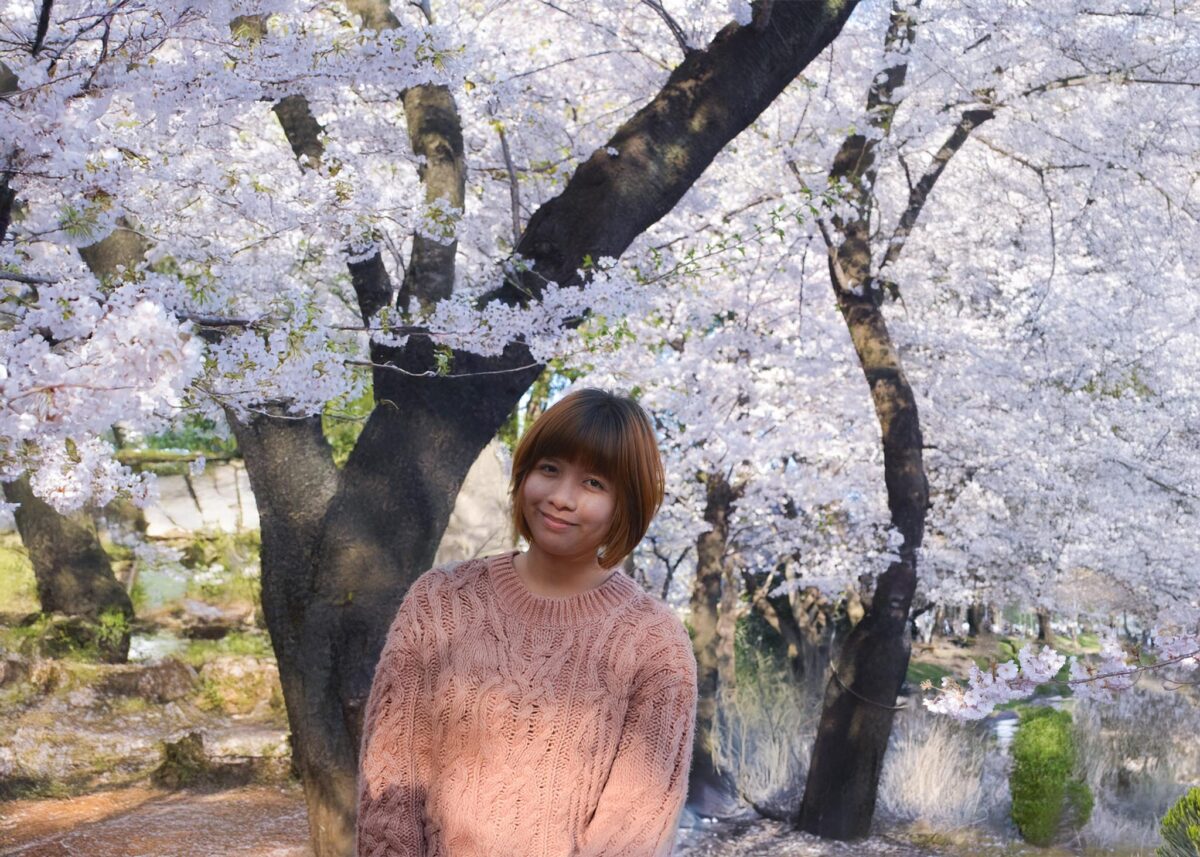
10 replies on “10-day Japan Itinerary for First Time Visitors (2025)”
Good day! Would you mind if I share your blog with my facebook group? There’s a lot of folks that I think would really appreciate your content. Please let me know Thank you.
sure! feel free to share my post with your group 🙂
May I ask why you opt to not include Nara park in your itinerary?
Japan is a beautiful country
Thanks so much for sharing this article, I enjoyed reading, Japan is beautiful country.
Waah! Mommy you found my blog! 🙂 Download nyo po yung excel kasi nandun lahat ng expenses namin. Also, use Hyperdia to calculate transpo costs. PM nyo lang po ako if you have questions. Miss you mommy! ^_^
How to download the excel file po?
Hi can i ask copy of that excel file please.. It will help me really on our preparations. thank you
Hello Ivy Mae. I don’t have an excel file for my 2024 trip. I only have TravelSpend, which I have posted in the above section “How much does it cost to travel to Japan” 🙂
Milet! We're planning to go there next spring. Good thing you have this blog as my guide from expenses to practically everything!